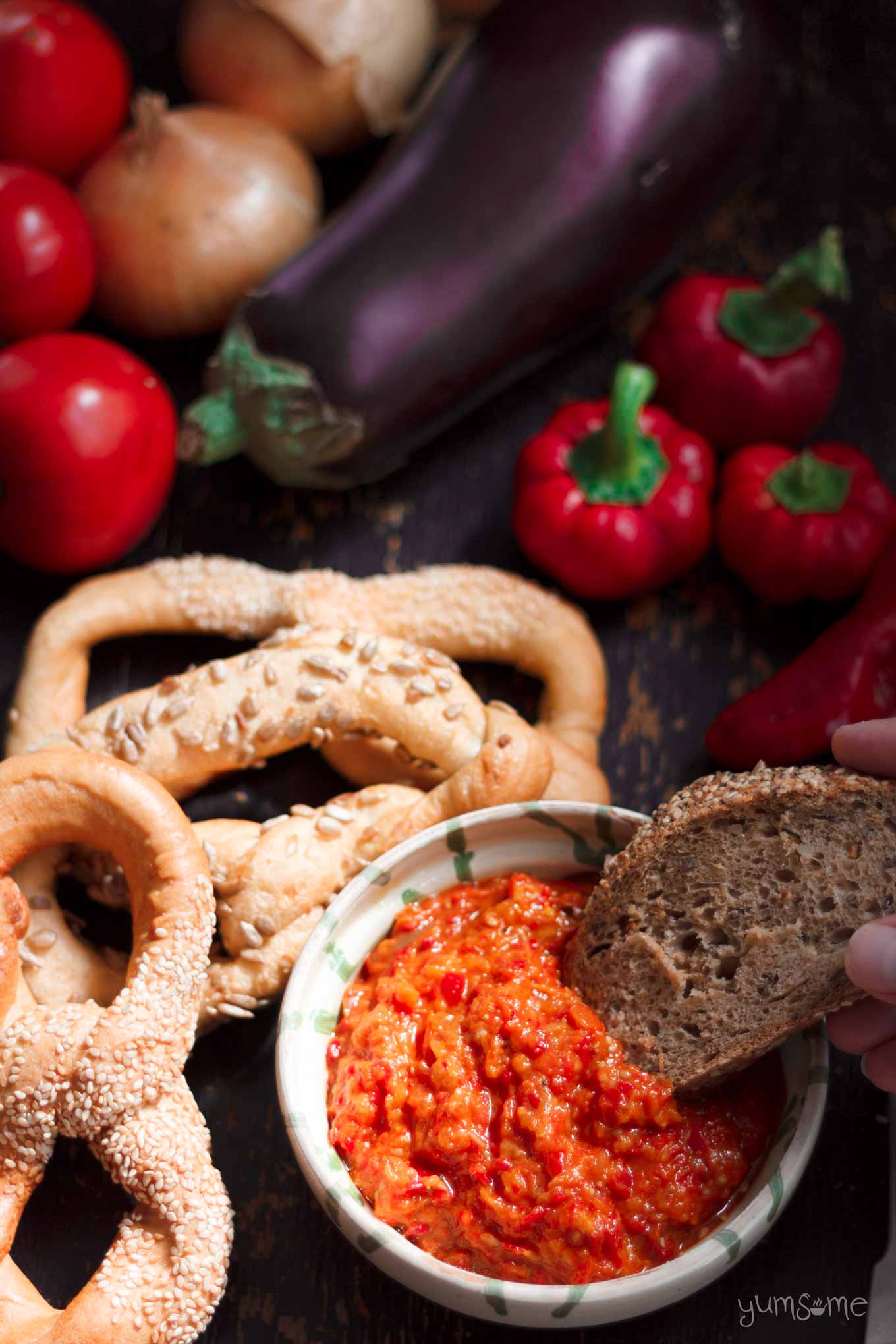Romanian food is packed with flavor and tradition. The cuisine blends influences from surrounding countries with unique local ingredients. You’ll find hearty meat dishes, comforting soups, and tasty vegetable sides.
These 12 Romanian recipes will give you a taste of this rich culinary heritage. They range from simple everyday meals to special holiday treats. By trying these dishes, you can explore Romanian culture through its food. Get ready to discover new flavors and cooking techniques.
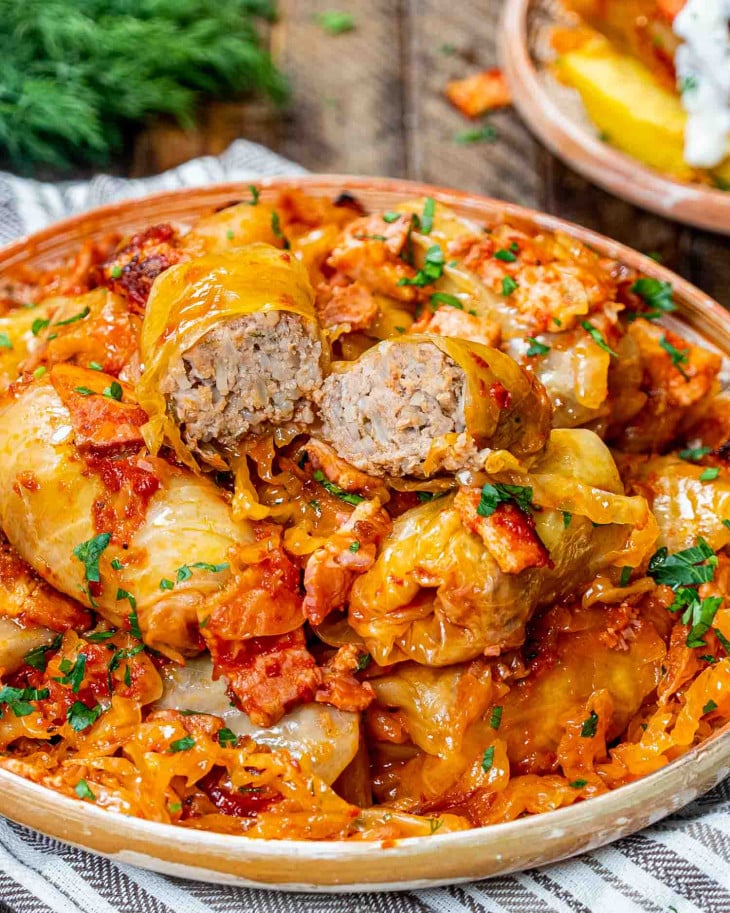
1. Sarmale
Sarmale are traditional Romanian cabbage rolls. You stuff cabbage leaves with a savory mixture of ground meat, rice, and onions. The rolls are then cooked slowly in a pot with tomato juice and cabbage juice.
To make sarmale, separate the cabbage leaves and boil them briefly. Mix ground meat with rice and finely chopped onions for the filling. Roll the mixture in the cabbage leaves.
Arrange the rolls in a pot with some chopped cabbage and bacon. Pour a mixture of tomato juice and cabbage juice over them. Cook the sarmale on low heat for several hours until tender.
Sarmale are often served for special occasions and holidays in Romania. They’re a hearty, comforting dish that’s perfect for cold weather.
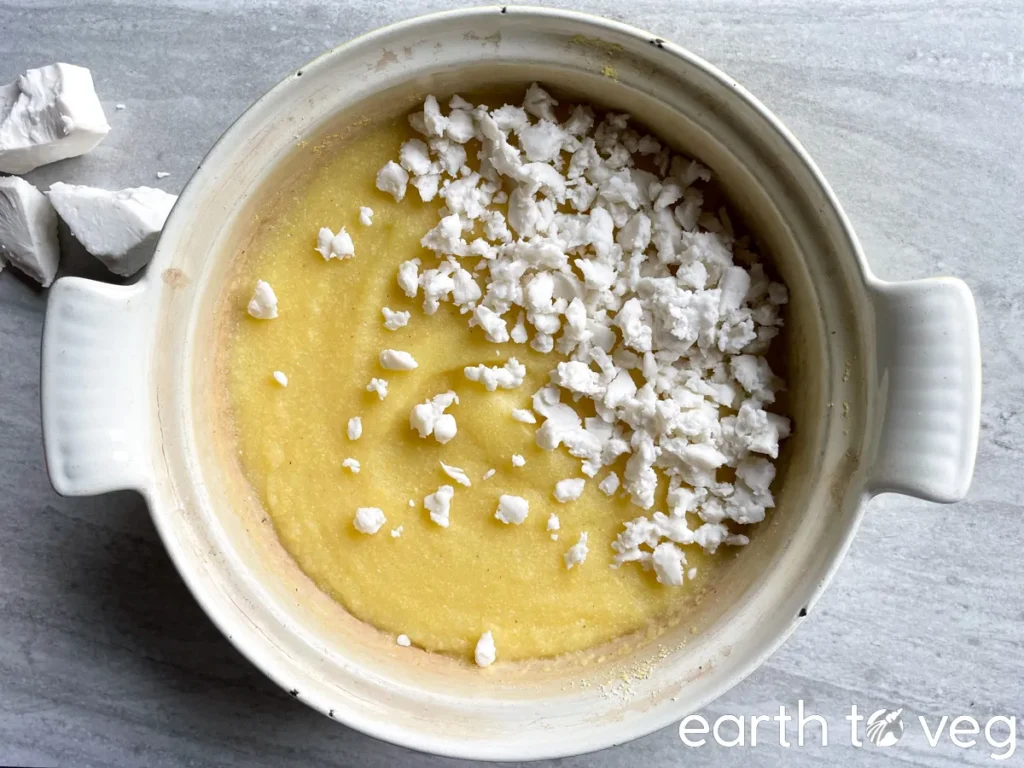
2. Mămăligă
Mămăligă is a staple Romanian dish made from cornmeal. It’s similar to polenta but with a unique preparation method.
To make mămăligă, bring salted water to a boil in a large pot. Slowly add cornmeal while stirring constantly to avoid lumps. Cook for about 35-40 minutes, stirring frequently.
The dish is ready when it thickens and pulls away from the sides of the pot. You can serve mămăligă as a side dish or use it as a base for other recipes.
Try topping it with cheese, sour cream, or pairing it with stews. You can also shape cooled mămăligă into slices and fry them for a crispy treat.
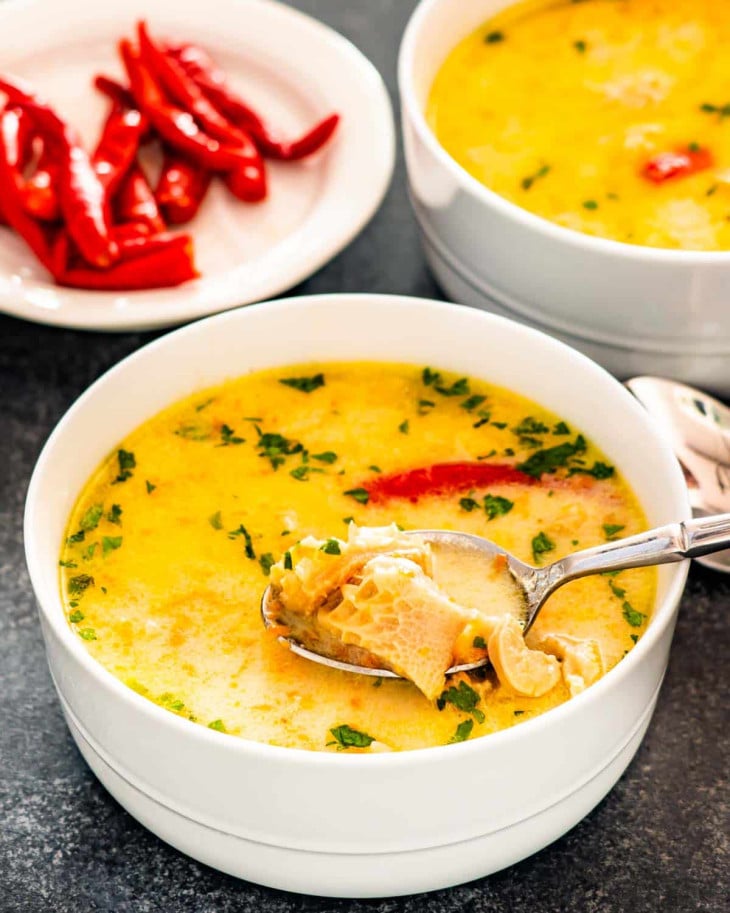
3. Ciorbă de burtă
Ciorbă de burtă is a beloved Romanian tripe soup. It’s a hearty dish that warms you up on cold days.
To make it, you’ll need beef tripe, bones, and vegetables like carrots, celery, and onions. Cook these ingredients together in water for a few hours until the tripe is tender.
The soup gets its signature tangy flavor from sour cream and vinegar. You’ll mix these with eggs and add them to the broth.
Garlic is another key ingredient that adds depth to the soup. Serve ciorbă de burtă with crusty bread for a filling meal.

4. Mici
Mici are small grilled meat rolls loved in Romania. You make them with a mix of ground beef and pork. Add garlic, spices, and herbs for flavor.
Knead the meat mixture well with some cold broth. Shape it into small sausage-like rolls. Let them chill in the fridge for a few hours.
Grill the mici on high heat for about 4 minutes per side. They should be crispy outside but juicy inside.
Serve your mici hot with mustard on the side. A cold beer pairs perfectly with this tasty Romanian street food.
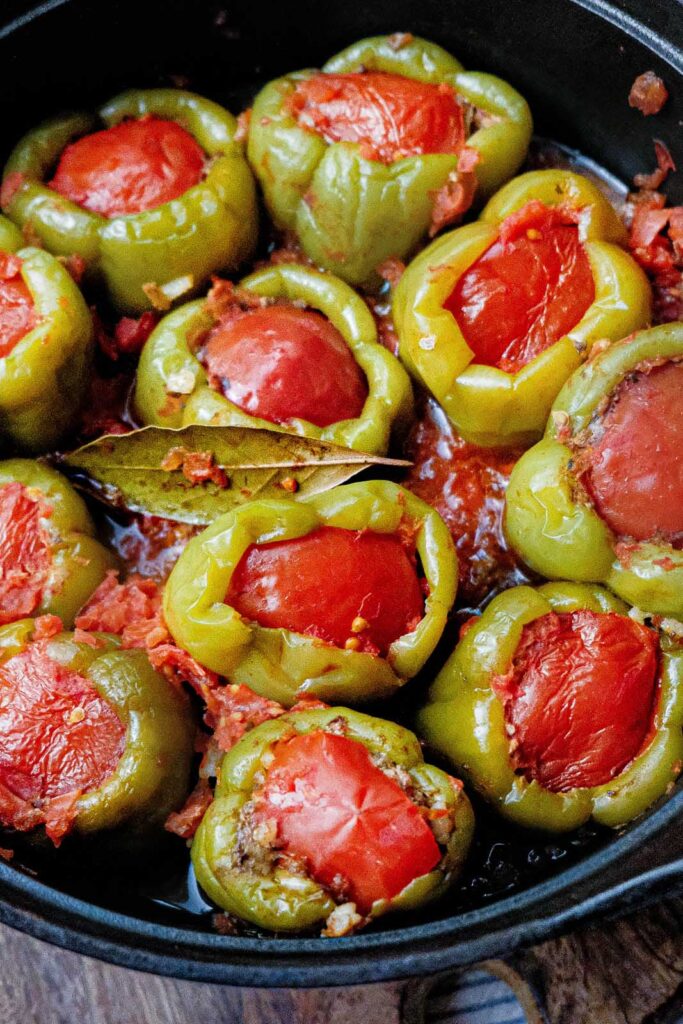
5. Ardei umpluți
Ardei umpluți are Romanian stuffed peppers. You’ll love this tasty dish that combines bell peppers with a flavorful filling.
To make ardei umpluți, start by mixing ground meat, rice, onions, and herbs. Stuff this mixture into hollowed-out bell peppers.
Place the stuffed peppers in a pot and pour a sauce made from tomato juice and sour cream over them. The sauce should come halfway up the peppers.
Cook the peppers until they’re tender and the filling is cooked through. The rice will expand as it cooks, making the peppers even more satisfying.
Serve your ardei umpluți hot as a main course. They’re perfect for a comforting family dinner or when you want to impress guests with Romanian cuisine.
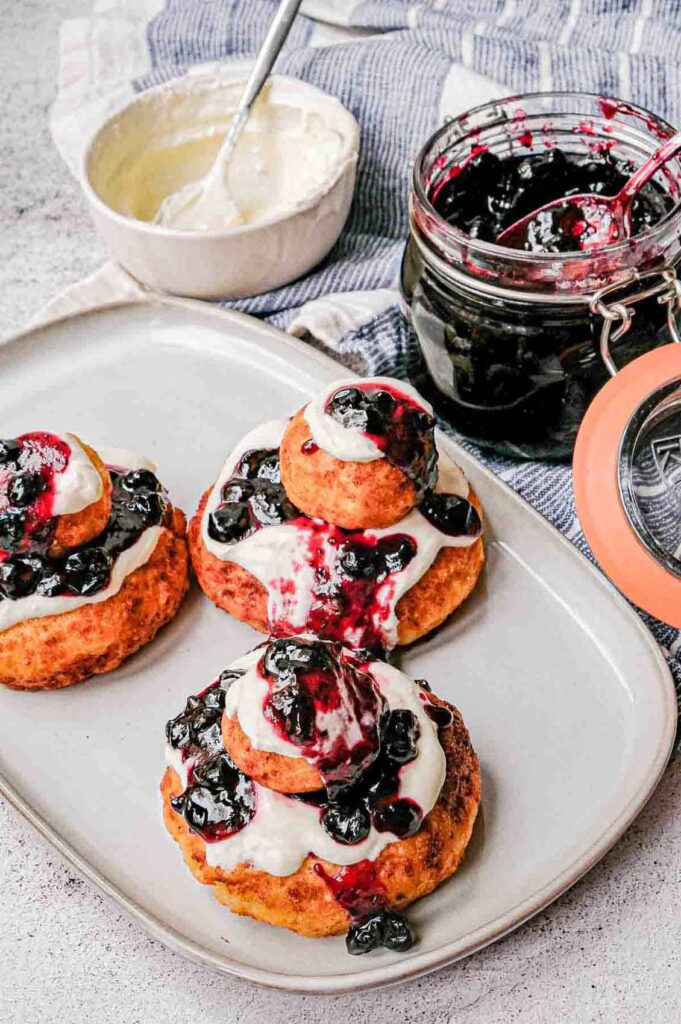
6. Papanasi
Papanasi are beloved Romanian cheese doughnuts that will satisfy your sweet tooth. These delightful treats are made with a soft dough containing cottage cheese.
The doughnuts are typically shaped into rings with a small ball on top. They’re then fried until golden brown and crispy on the outside.
You’ll often find papanasi served warm, topped with sour cream and fruit jam. Blueberry or sour cherry preserves are popular choices.
These indulgent desserts offer a perfect balance of textures and flavors. The crisp exterior gives way to a fluffy inside, while the tangy sour cream complements the sweet jam.
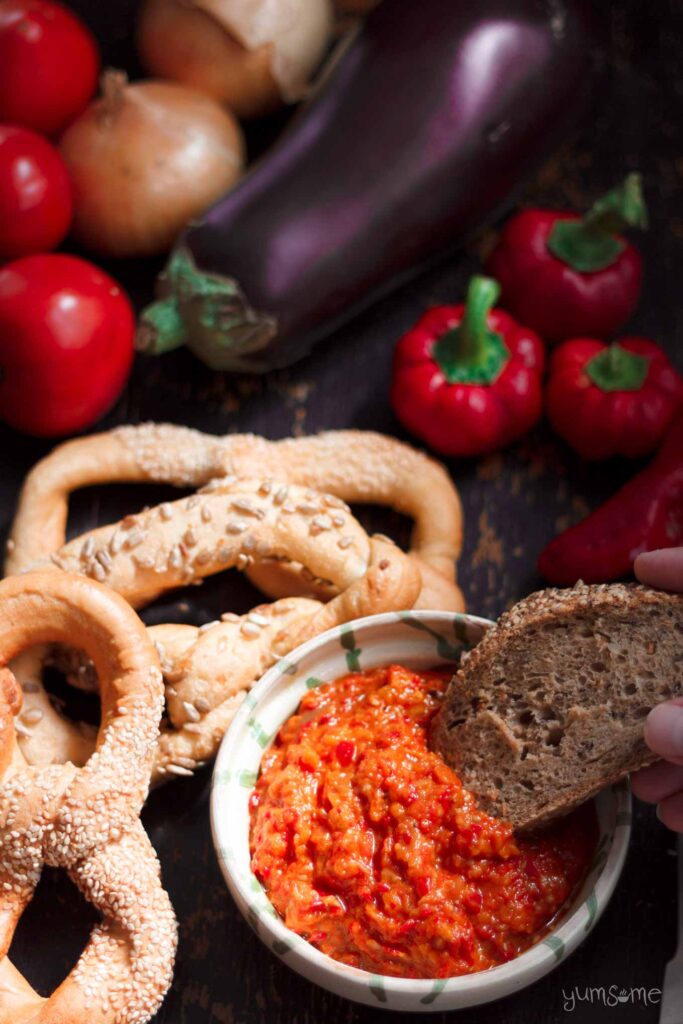
7. Zacuscă
Zacuscă is a tasty Romanian vegetable spread. You’ll love this flavorful mix of roasted eggplant, peppers, and tomatoes.
To make zacuscă, start by roasting eggplant and peppers until soft. Then chop them up and cook with onions, tomato sauce, and spices.
The mixture simmers for about 90 minutes until thick. Stir it often to prevent sticking. You can add bay leaves for extra flavor.
Once cooked, put the zacuscă in sterilized jars. It keeps well and tastes great on bread or crackers. Try this delicious Romanian spread at your next party!
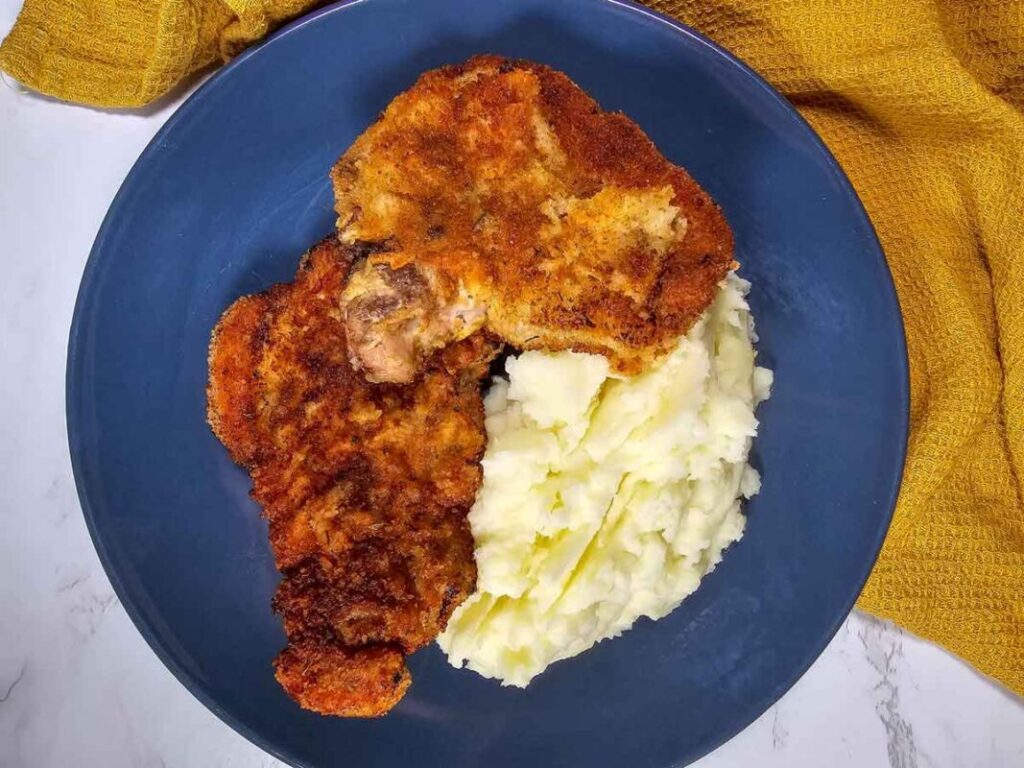
8. Șnițel de porc
Șnițel de porc is a classic Romanian dish. It’s a breaded pork cutlet that’s crispy on the outside and juicy on the inside.
To make it, you’ll need pork chops, flour, eggs, and breadcrumbs. First, pound the pork until it’s thin. Then coat it in flour, dip it in beaten eggs, and cover it with breadcrumbs.
Fry the breaded pork in hot oil until golden brown. It usually takes about 3-4 minutes per side. Serve your șnițel hot with a side of potatoes or a fresh salad.
This dish is popular for family dinners and restaurants alike. It’s simple to make but packed with flavor.

9. Cozonac
Cozonac is a beloved Romanian sweet bread traditionally enjoyed during Easter and Christmas. You’ll find this treat irresistible with its soft, fluffy texture and rich flavors.
To make cozonac, you’ll create a yeast dough enriched with milk, eggs, and butter. The dough is then filled with a mixture of ground walnuts, cocoa, and sugar.
After braiding the filled dough, you’ll let it rise before baking. The result is a beautifully swirled loaf with a golden-brown crust and a tender interior.
Serve slices of cozonac with your morning coffee or as a delightful dessert. Its sweet aroma and taste will transport you to Romania’s festive celebrations.
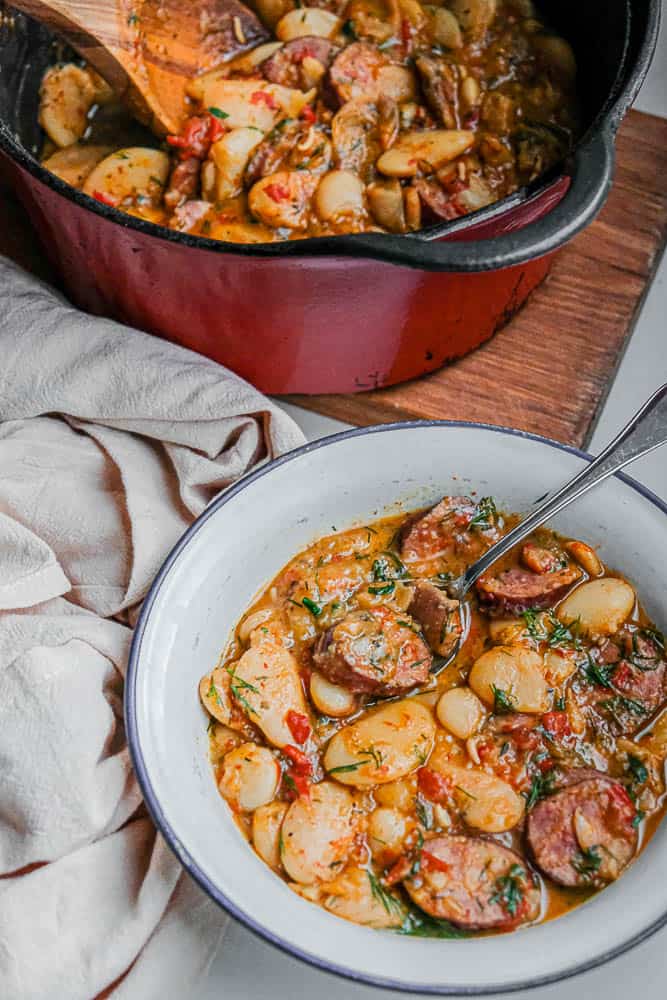
10. Ciorbă de fasole
Ciorbă de fasole is a hearty Romanian bean soup. It’s a staple in many households across the country. This dish combines dry beans with a mix of vegetables.
You’ll find onions, carrots, and red peppers in most recipes. Some versions include celery root and parsley root for extra flavor. The soup gets its sour taste from borş, a fermented wheat bran liquid.
Spices like thyme and lovage give ciorbă de fasole its distinctive taste. You can enjoy this soup hot or cold. It’s often served with scallions on the side.
For a heartier meal, some recipes add smoked meat or sausage. This adds richness to the soup. You can make a vegetarian version too, which is just as tasty.
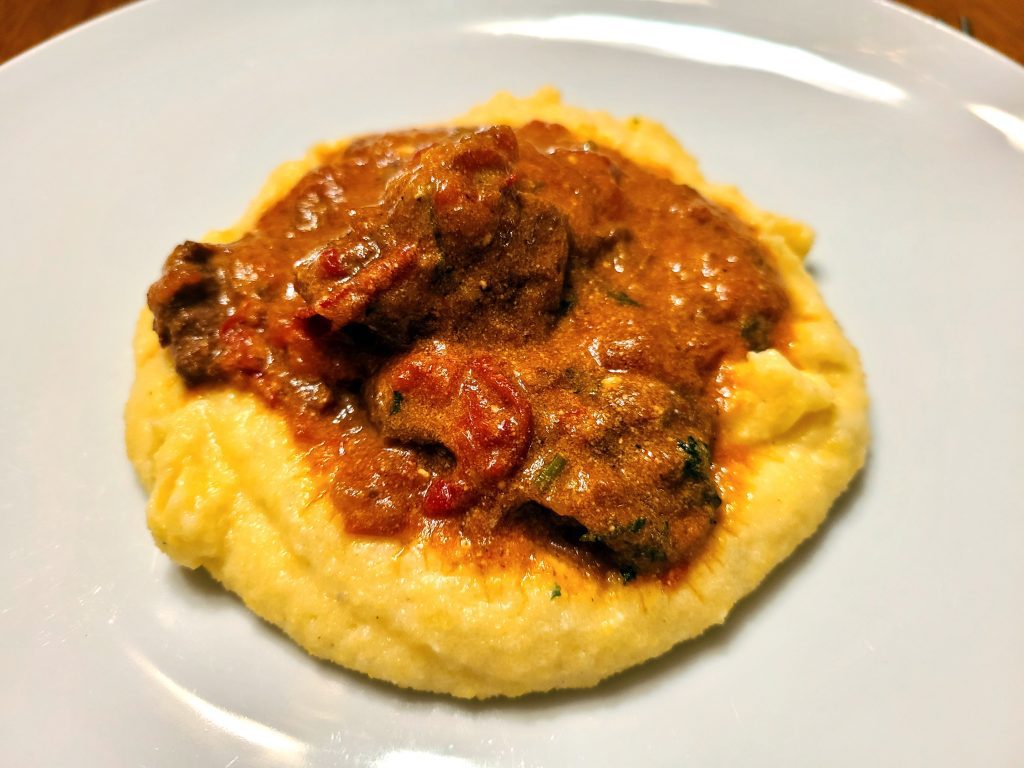
11. Tocană de vită
Tocană de vită is a classic Romanian beef stew that warms your soul. It features tender chunks of beef cooked with onions, tomatoes, and spices.
You’ll love the rich flavors that develop as the beef simmers slowly. Carrots and potatoes are often added to make it heartier.
The stew gets its depth from paprika and other seasonings. Some recipes include bell peppers or celery for extra taste and texture.
Serve your tocană de vită with crusty bread to soak up the savory sauce. It’s perfect for cold days or when you want a comforting meal.
This dish shows off Romania’s love for hearty, flavorful food. Try making it at home for a taste of traditional Romanian cuisine.
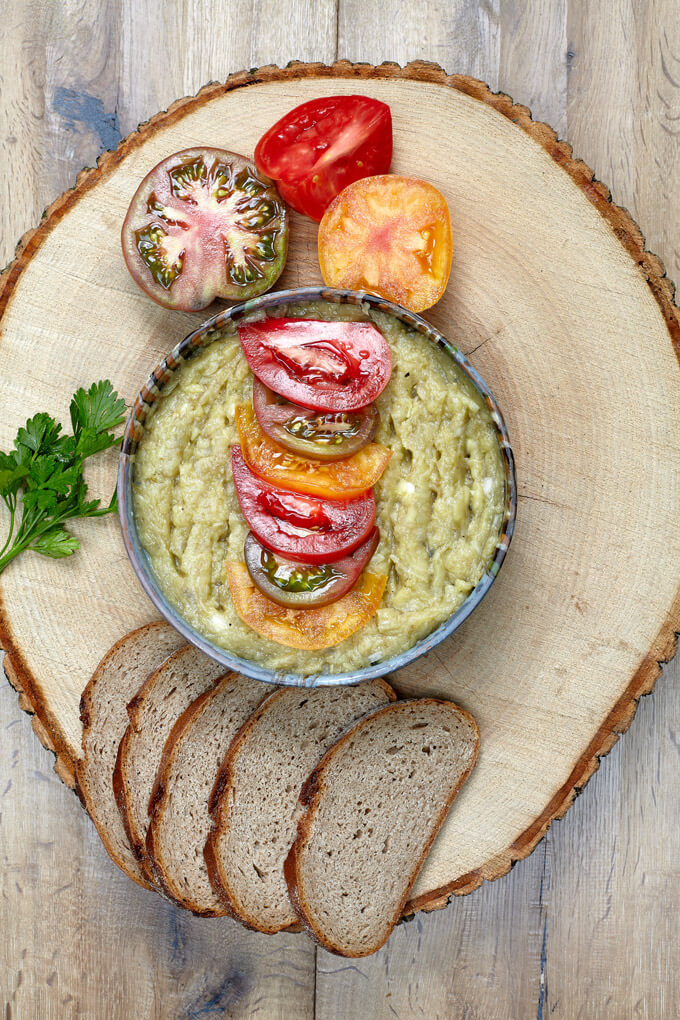
12. Salată de vinete
Salată de vinete is a popular Romanian eggplant spread. You can enjoy it as a dip or on bread. To make it, you roast eggplants until soft and smoky. Then you peel and chop them finely.
Mix the eggplant with oil, onions, and salt. Some add mayonnaise for a creamier texture. Serve it cold with fresh bread and tomatoes.
This dish is perfect for summer. It’s easy to make and tastes great. You can find it at many Romanian gatherings and restaurants.
Traditional Ingredients
Romanian cuisine relies on a variety of flavorful ingredients that give dishes their unique taste. Local produce and spices play a key role in creating authentic Romanian flavors.
Unique Spices and Herbs
Romanian cooking uses several distinct spices and herbs. Thyme is a common herb that adds an earthy flavor to many dishes. You’ll often find it in stews and meat recipes. Dill is another popular herb, used fresh or dried in soups and vegetable dishes.
Paprika brings a sweet, smoky taste to foods. It’s used in stews, sauces, and as a seasoning for meats. Lovage, known as “leuștean” in Romanian, has a strong celery-like flavor. It’s often added to soups and broths.
Garlic is a staple in Romanian cooking. It’s used both fresh and as a powder in many recipes. Bay leaves are commonly used to flavor soups and stews.
Commonly Used Vegetables
Cabbage is a key vegetable in Romanian cuisine. You’ll find it in dishes like sarmale (stuffed cabbage rolls) and various stews. Both sweet and sour cabbage are used, depending on the recipe.
Eggplant is another popular vegetable. It’s the main ingredient in salata de vinete, a traditional eggplant spread. Onions and bell peppers are used in many dishes, adding flavor and texture.
Potatoes are a staple in Romanian cooking. They’re used in stews, as side dishes, and in some desserts. Tomatoes are also widely used, both fresh and as a sauce or juice in various recipes.
Root vegetables like carrots and parsnips are common in soups and stews. They add depth and sweetness to many dishes.
Cooking Techniques
Romanian cuisine relies on several key cooking methods to create its flavorful dishes. These techniques bring out the best in local ingredients and preserve traditional flavors.
Slow Cooking Methods
Slow cooking is crucial in Romanian cuisine. You’ll often find stews and soups simmering for hours. This method tenderizes tough cuts of meat and blends flavors.
A popular slow-cooked dish is sarmale (cabbage rolls). You stuff cabbage leaves with a mix of ground meat, rice, and spices. Then you simmer them in tomato sauce for several hours.
Slow roasting is another common technique. You might roast a leg of lamb with garlic and herbs for Easter dinner. The long cooking time allows flavors to develop fully.
Traditional Preparation Steps
Romanian cooking involves several key preparation steps. You’ll often need to prepare ingredients in advance.
For many dishes, you start by sautéing onions and other vegetables. This forms a flavor base. Next, you might add meat and brown it before adding liquid ingredients.
Pickling is another important technique. You can pickle vegetables like cucumbers and cabbage. This preserves them and adds tangy flavor to dishes.
Kneading and rolling dough is crucial for making traditional breads and pastries. You’ll need to master these skills to create authentic Romanian baked goods.
